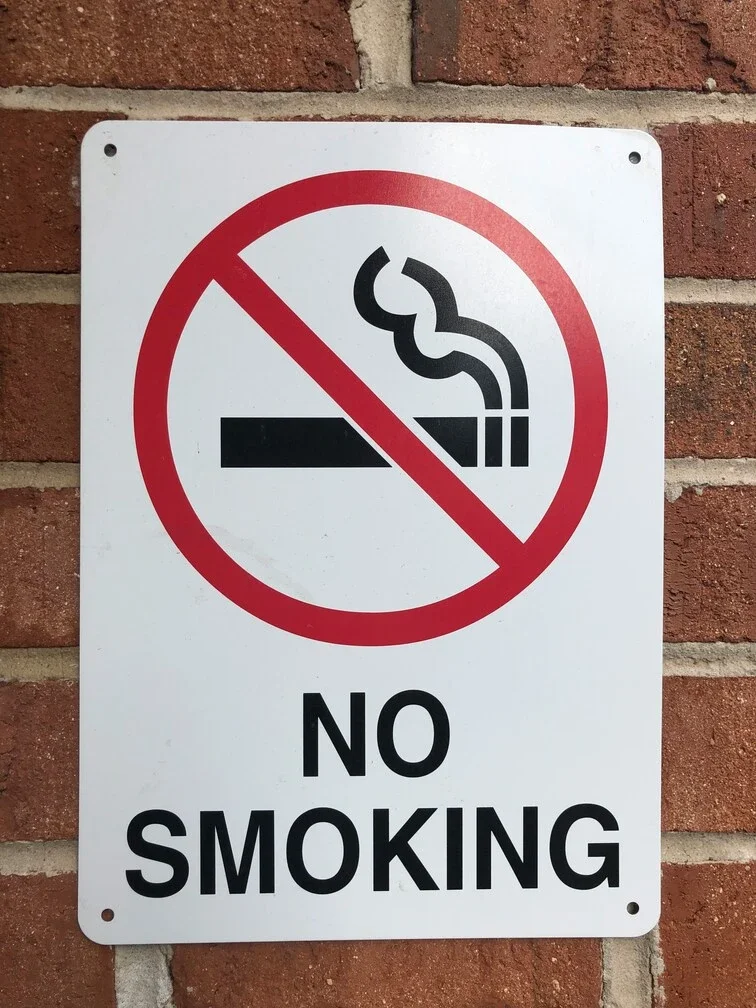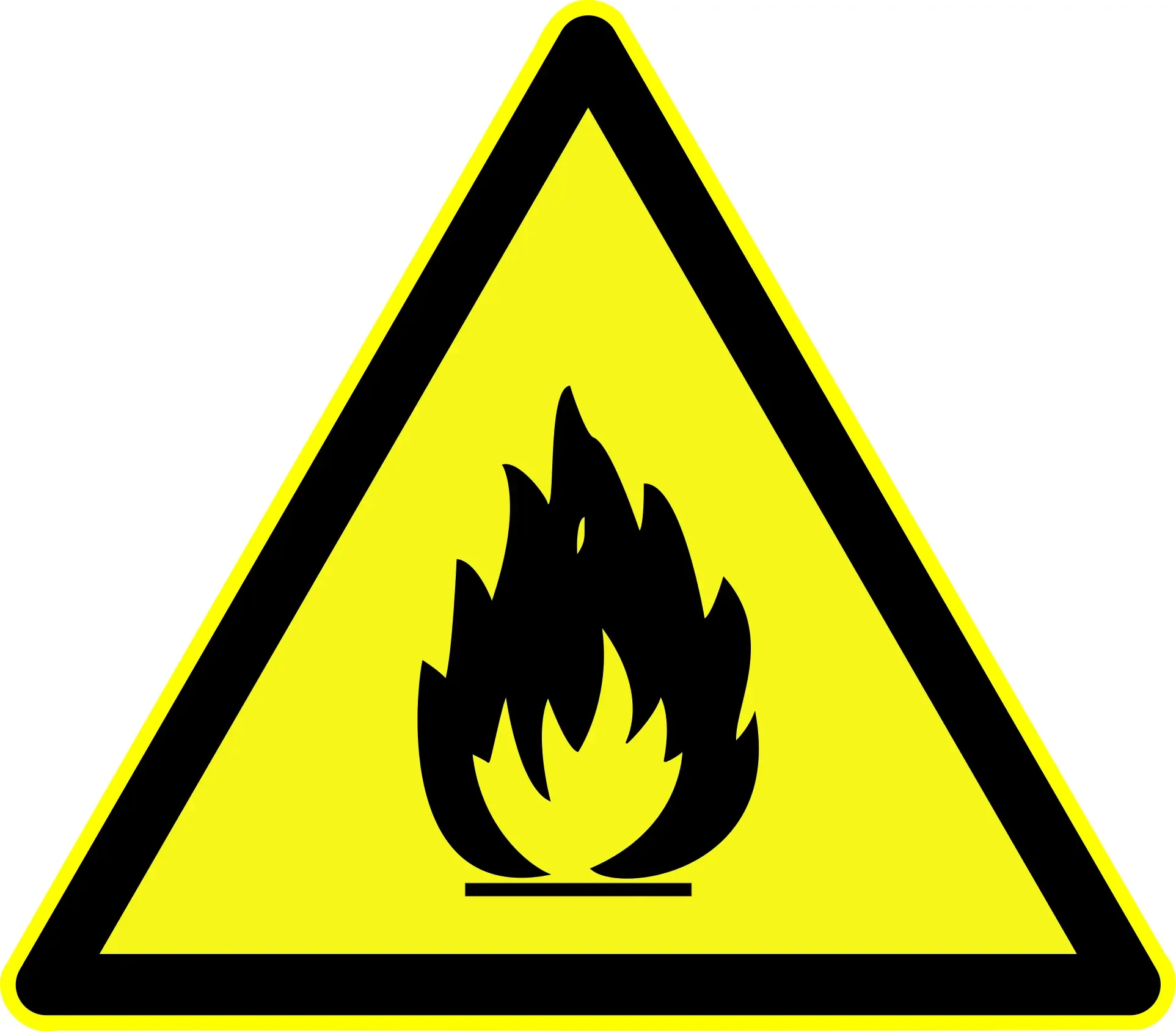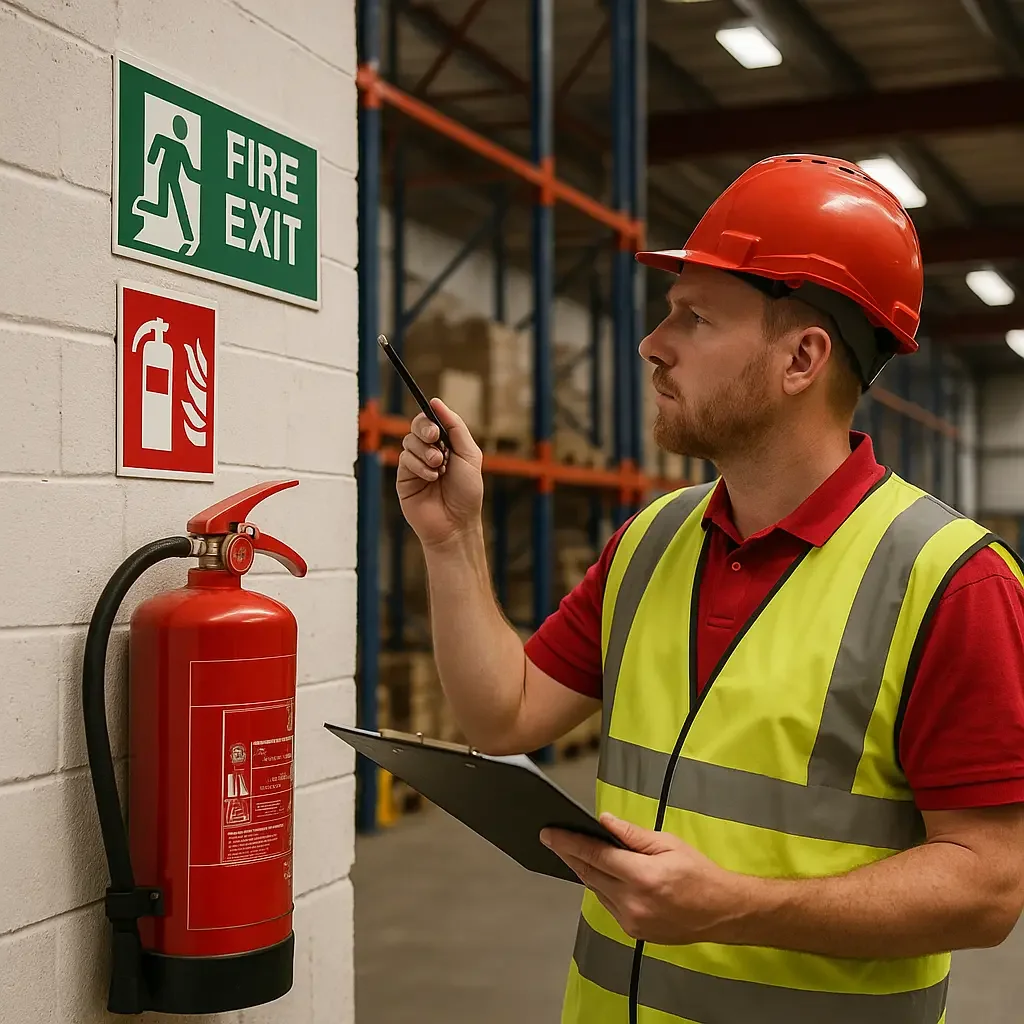Fire Safety Signs Meanings: Colours, Symbols & Regs
If you're a UK business owner, landlord or property manager, understanding fire safety signs’ meanings isn't optional - it's a legal requirement. In this guide, we'll explain what each colour and symbol means, which regulations apply, and how to ensure your property is compliant and safe.
Table of Contents
What Are Fire Safety Signs?
Fire safety signs are visual indicators used to warn, instruct, or guide building occupants in the event of a fire or emergency. They are designed to be easily understood and instantly recognisable.
There are four main types of signs:
Prohibition signs
Mandatory signs
Warning signs
Safe condition signs
Each uses a different colour and symbol to communicate a specific meaning. We'll explore these in detail below.
Why Fire Safety Signs’ Meanings Matter
Getting fire safety signage wrong can cost lives. Clear, correct signs ensure staff and visitors know where to go and what to do in an emergency. They also help meet your legal duties under UK law.
According to the Health and Safety (Safety Signs and Signals) Regulations 1996, employers must ensure that safety signs are used where there is a significant risk that cannot be avoided or controlled by other means.
Colour Codes and Their Meanings
Each sign colour has a specific meaning and use. Here's what each one means:
🔴 Red Signs: Prohibition & Fire Equipment
Meaning: Danger or prohibition
Use: Identifies fire-fighting equipment or indicates actions that are prohibited
Examples: "No Smoking" signs, fire extinguishers, fire alarm call points
🔵 Blue Signs: Mandatory Instructions
Meaning: Specific action must be taken
Use: Indicates mandatory safety procedures
Examples: "Fire door keep shut", "Wear protective equipment"
🟡 Yellow Signs: Warnings
Meaning: Caution or warning
Use: Alerts to a potential hazard
Examples: "Flammable materials", "Risk of fire"
🟢 Green Signs: Safe Conditions
Meaning: Safety information or directions
Use: Indicates emergency exits, first aid, or safe areas
Examples: "Fire exit", "Assembly point", "First aid station"
Fire Safety Symbols Explained
In addition to colour, most signs include a symbol that helps communicate the message quickly, even to non-English speakers. These are usually standardised under ISO 7010, ensuring universal recognition.
Common symbols include:
Flame: Fire hazard
Running man/arrow: Fire escape route
Fire extinguisher: Equipment location
Prohibited circle with a slash: Forbidden action (e.g., no naked flames)
Fire Safety Sign Regulations in the UK
Several regulations govern fire safety signage in the UK. These include:
Health and Safety (Safety Signs and Signals) Regulations 1996
Regulatory Reform (Fire Safety) Order 2005
BS 5499 and ISO 7010 (standards for sign design)
These require that signs:
Are the correct size and placed appropriately
Use correct colours and symbols
Are maintained in good condition and clearly visible
You should also conduct regular risk assessments to ensure your signage is still suitable.
Summary Table: Fire Sign Colours and Uses
| Colour | Type of Sign | Meaning | Example |
|---|---|---|---|
| Red | Prohibition / Fire | Danger / Fire equipment | Fire extinguisher |
| Blue | Mandatory | Must do | Keep fire door shut |
| Yellow | Warning | Risk or hazard | Flammable material |
| Green | Safe Condition | Safety guidance / Escape route | Fire exit |
Common Mistakes to Avoid
Placing signs too high or out of view
Using outdated or damaged signs
Failing to include directional arrows where needed
Not including photoluminescent signs for low-light conditions
These mistakes can lead to fines or worse, put lives at risk. If you're unsure whether your signage is compliant, consider a professional assessment.
Conclusion
Fire safety sign meanings aren’t just a tick-box exercise; they’re a legal and moral responsibility. Understanding the different colours, symbols, and placement rules can make a life-saving difference.
Want expert help assessing or upgrading your fire signage?
Book a call with GMSE Fire & Security today.
FAQs
-
Fire safety signs use red, blue, yellow, and green. Each colour represents a different type of message: prohibition/fire equipment (red), mandatory action (blue), warnings (yellow), and safe conditions (green).
-
Blue fire safety signs indicate a mandatory action that must be followed for safety. For example, a blue sign on a fire door may say “Keep shut”.
-
Yellow signs are warning signs. They indicate a risk or hazard, such as flammable materials or high temperatures.
-
Red signs are used for fire equipment locations (like extinguishers and alarm points) and prohibitions (e.g. “No smoking”).
-
BS 5499 and ISO 7010 are the main standards. They ensure symbols and designs are consistent and easy to recognise.
-
Fire symbols help you quickly identify fire-relayed hazards or equipment. A flame usually indicates a fire risk. A running figure and arrow show escape routes.
Need help ensuring your signage complies with UK law? See more information on this page.








